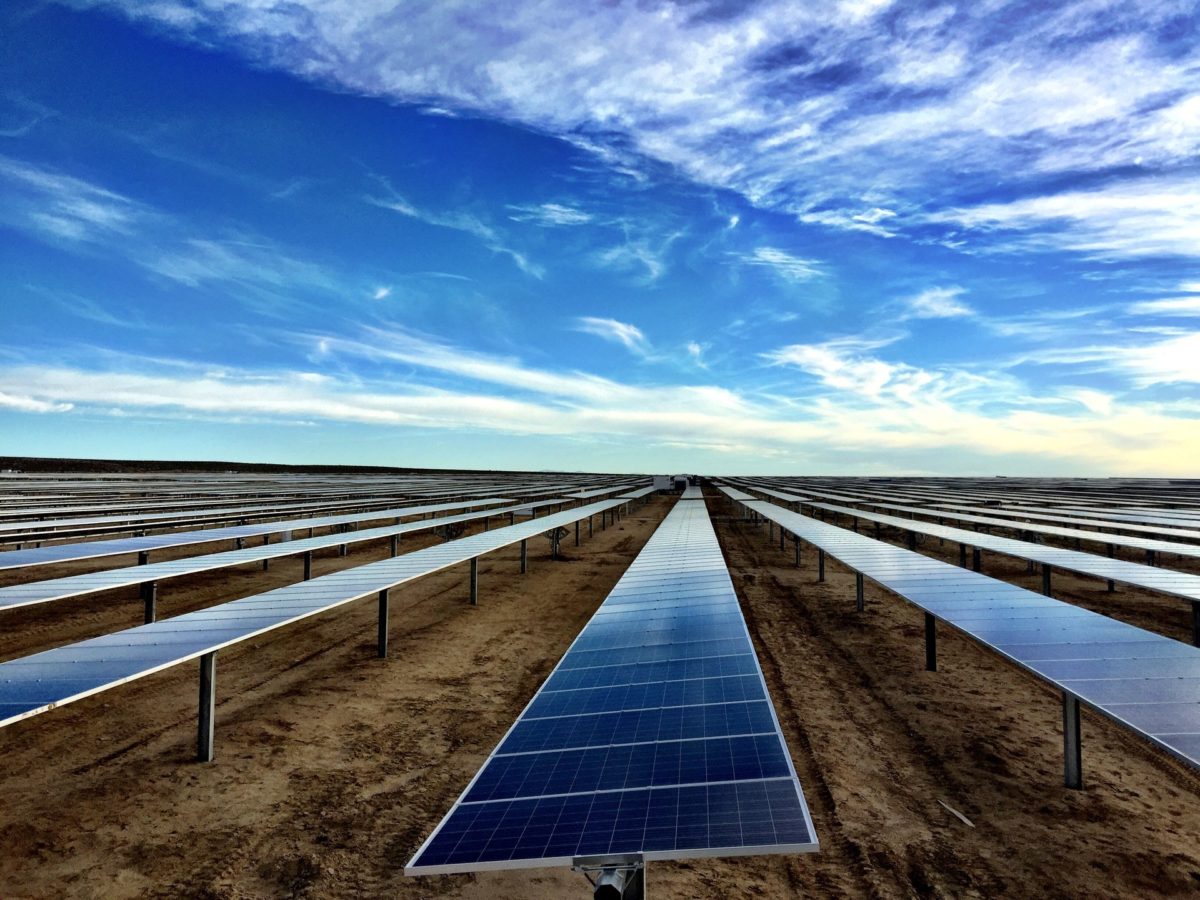As part of the continuing efforts set forth in the state’s 2014 ‘Integrated Resources Plan and Comprehensive Energy Strategy’, in July of this year, Connecticut made a request for proposals (RFP) for 12 TWh (PDF) worth of electricity. Solar, wind, nuclear and hydro were eligible.
The bids have included seventeen unique solar power developers who submitted 71 projects. 33 of the solar powered proposals included energy storage. Jordan Shoesmith broke down the various submissions to the RFP via Twitter.
8/ Bids: Solar – 71 bid packages for solar PV projects submitted from 17 diff. developers, incl. 33 proposals w/ optional paired/co-located storage, & most w/ multiple pricing options for a cumulative non-redacted bid capacity of ~600 MW. Actual bid capacity likely closer to 1 GW
— Jordan Shoesmith (@jordanshoesmith) September 19, 2018
All of the proposals can be found on the Connecticut Department of Energy & Environmental Protection website, located here.
The total energy sources that were allowed to submit bids included nuclear, wind, hydropower, solar power. Project had to be greater than 2 MW-AC, and solar power was limited to 20 MW-AC – and multiple projects did bid exactly 20 MW-AC project sizes. Offshore wind groups submitted massive single project bids (800 to 1,000 MW (est)), of course. As well, did two nuclear facilities.

Different proposals listed different information on the website. JD Solar solutions, along with Energy ESC, proposed a 4.5 MW-AC / 5.5 MW-DC facility on top of the Laurel Park landfill. ASW Solar proposed many systems, including a 10.83 acre project (below image) built of 22,560 modules totalling 8,122 kW-DC.

A second ASW proposal – below image – included the site’s PV Syst report (noted as Exhibit 8 System Study). The system is a fixed ground mounted solution at 25 degrees. The developer is proposal using Trina TSM-360DE14A solar modules, and multiple Yaskawa Solectria 150 kW-AC s0lar inverters. The project is expected to also be 8.1 MW-DC, 6 MW-AC. Annual generation is expected to be 9,869 MWh-year.

Cypress Creek Renewables proposed building a 20 MW-AC solar plant + 10 MW-AC battery storage system in Lanesborough, MA. This plant would deliver power to the Independent System Operator of New England (ISO-NE) energy market, which would then wheel the electricity to the Connecticut market. The developer noted that it plans to use bifacial solar panels. While the energy storage system was noted as having a 4-hour rating, it wasn’t clear from the documents if that meant the 20-MW-AC capacity totaled 80 MWh of total energy that could be delivered. The project would be delivered by Q4-2020.
This massive RFP will bring a lot of clean energy to an old power grid. The New England region has some of the most expensive electricity in the USA – and we saw recently that solar power saved $6.7 million on a Tuesday for local ratepayers.
This content is protected by copyright and may not be reused. If you want to cooperate with us and would like to reuse some of our content, please contact: editors@pv-magazine.com.








By submitting this form you agree to pv magazine using your data for the purposes of publishing your comment.
Your personal data will only be disclosed or otherwise transmitted to third parties for the purposes of spam filtering or if this is necessary for technical maintenance of the website. Any other transfer to third parties will not take place unless this is justified on the basis of applicable data protection regulations or if pv magazine is legally obliged to do so.
You may revoke this consent at any time with effect for the future, in which case your personal data will be deleted immediately. Otherwise, your data will be deleted if pv magazine has processed your request or the purpose of data storage is fulfilled.
Further information on data privacy can be found in our Data Protection Policy.